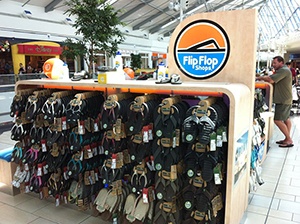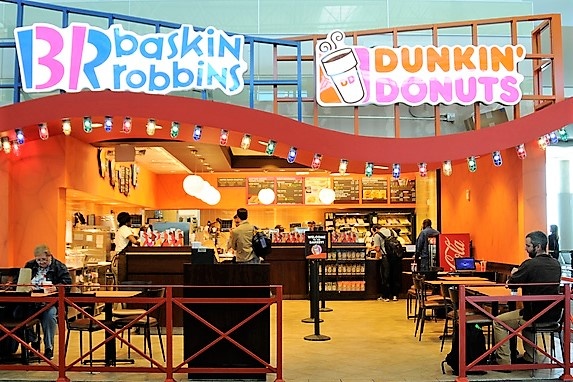You’re a retailer who is building and opening multiple new locations. Being able to lower your market entry costs is a huge asset. It could mean being able to open additional locations and/or get more deals financed.
Being able to put together a cost-effective program is a necessity for many store development professionals these days. Are you in such a position and stuck on what to do? Here are five suggestions on where to start.
1) Be Smart About Real Estate
- Scout for spaces that previously housed a business similar to yours. They may require fewer improvements and are already properly zoned. This can be especially valuable for restaurants, where site improvement costs can add up quickly.
- Negotiate. Negotiate. Negotiate. Many landlords are willing to make concessions in lease negotiations in order to fill empty spaces.

2) Create and Cash In On Economies of Scale.
If you are planning to open multiple locations, you have quite the ace in your pocket and it's called "economy of scale." This might allow you to:
- Take advantage of volume pricing. Vendors' unit pricing generally decreases with the more units ordered. Explore all of your buying options. You may be asked to sign a contract or commitment guaranteeing purchase, but if you know you'll meet the terms and conditions, it will be worth it.
- Look beyond "local" for vendors and contractors. The more projects you can award to a vendor or contractor, the better your odds for cost-effectiveness. You may want to look at vendors with national, rather than regional, scope.
3) Evaluate Your Current Program for Potential Cost Savings.
We all know that "perfect" doesn't exist and that there is always room for improvement. Take an objective look at your buildout program and you're likely to discover several areas where additional cost savings can be engineered. One place to look is your FF&E (fixtures, furniture and equipment).
- Look for suitable substitutes. FF&E bring beauty and functionality to a space, but often the same look and function can be achieved with a less expensive model. This could include buying used (from a reputable vendor), swapping certain materials for others, and re-engineering fixtures to reduce tooling and assembly.
- Consolidate vendors. With multiple vendors, you pay multiple service fees, shipping charges, etc. Finding a partner that can take on multiple aspects of your buildout will help streamline the process and save time. More importantly, an integrated buildout supplier can utilize its national scope and buying power with its vendors, leading to better pricing for you.

4) Explore Alternative Store Models.
More and more, we're seeing businesses develop alternative store models in order to enter certain markets (i.e. urban areas and stores within a store) that were inaccessible with their traditional formats. Depending on the model, this can also be a strategic way to lower costs.
- Reduce your footprint. Smaller-footprint stores generally have lower construction costs than their full-sized counterparts. Beyond construction, they also offer lower operating costs because they generally have lighter utility requirements and need fewer employees to staff them. Limiting the menu or merchandise selection could also save some money.
- Grow with kiosks. Kiosks offer similar benefits to a smaller-footprint store, such as lower construction and operation costs. They can also be placed in high-traffic areas like malls and airports, which helps boost revenue. While there can be some drawbacks like high rents, shorter leases, and increased competition depending on the venue, many retail, restaurant, and service concepts have proven that kiosks can be part of a successful expansion plan.
5) Co-Brand
Already popular in the quick-service food industry (think Dunkin Donuts/Baskin Robbins) co-branding and space-sharing offers many benefits that help to bring down entry costs.
- Sharing the Buildout. Instead of completely building out separate locations for each business, co-branded locations create common areas like bathrooms and kitchens that can be used by both brands.
- Sharing Other Expenses. You'll be able to take advantage of shared rent and utilities. Cross-training employees and sharing marketing expenses are two other ways to cut down on costs.

Lowering entry costs is a priority for many budget-conscious businesses. The task can seem daunting at first, but hopefully these five ideas will help jumpstart the process of creating a more cost-effective store opening program for your brand.
If you’d like help with your next buildout, please contact us for a free consultation!
